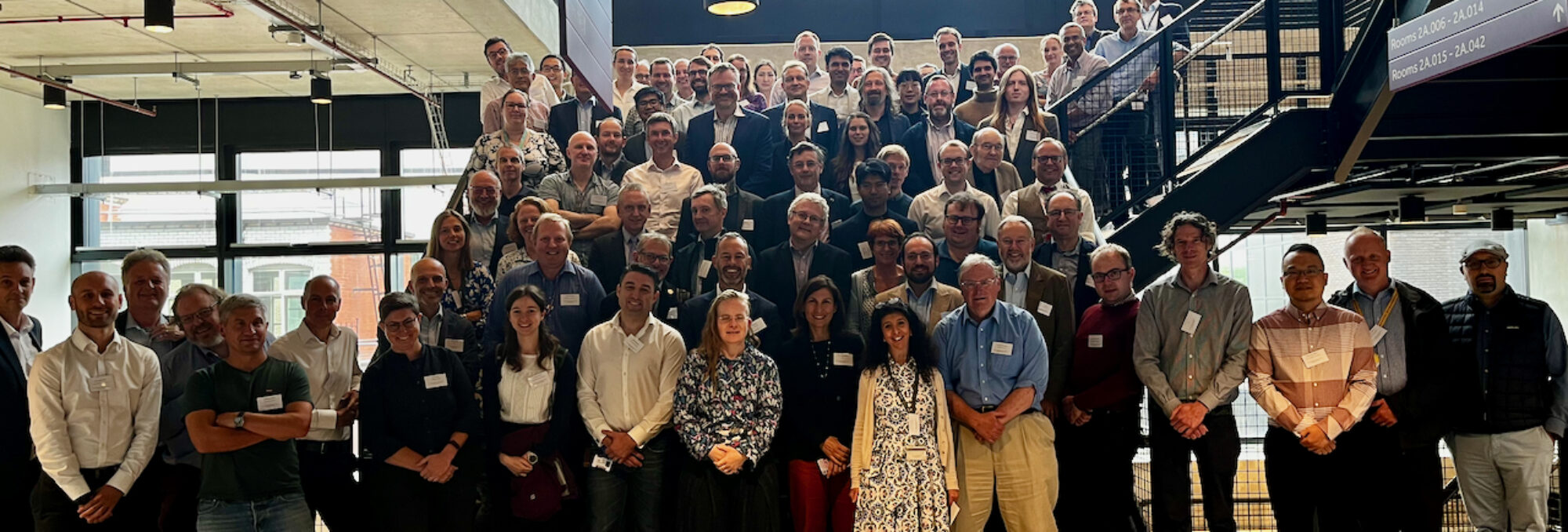1. Delivery of life extensions for existing reactors
- Development of multiscale constitutive models for operating materials, spanning irradiation embrittlement, stress corrosion cracking, and creep. The models require validation by comparison with existing and new experimental data
- Near-service-conditions component testing
- Extrapolation methods from laboratory data to the plant
- Development and validation of models for component performance
- Long-term testing as part of development programmes
- Development of monitoring and NDE techniques
2. Design and development of new and optimized materials for new-build and future reactor system
Much of the knowledge of materials performance in nuclear plant has been gained from direct observation and sampling of operating plant. New plant will have longer initial design lives and will be deploying new materials and new manufacturing techniques. The long-term operation and prediction of performance for the plant will rely on thorough understanding of materials properties at operating temperatures and conditions, throughout the plant’s lifetime.
Knowledge gained in the support of new-build Generation III+ designs will enhance the information available for design of future systems, including Small Modular Reactors (SMRs) and Generation IV designs.
Research needs can be summarized as:
- Development of multiscale constitutive models for conventional, novel and newly-developed materials; characterization of materials properties and performance, including the effects of discontinuities such as joints
- Whole-life design of components from production through fabrication to operation and eventual disposal, with understanding of the material’s state at each stage
- Manufacturing routes, design for manufacturability
- Access to in-reactor test programmes
- Integrated modelling and experimental-validation-based development of materials
- Degradation studies including irradiation embrittlement; stress corrosion cracking; creep
- Near-service-conditions component testing
Extrapolating from the lab to the plant
Development and validation of models for component performance
Long-term testing as part of development programmes, including support for long-term tests at national facilities such as ISIS and Diamond - Monitoring of materials’ state in new plant to provide validation for models of materials performance
Development and application of novel techniques for non-destructive state monitoring of materials and components
3. National archive of reactor-exposed materials and components
The UK does not have a systematically-constructed materials archive for samples extracted from operating plant, for future characterization and test purposes. Such an archive would provide enormous value in research underpinning future designs, enabling the development and modelling of the mechanisms of degradation in materials under in-service conditions.
An archive would facilitate development of future research programmes, studying the origins of degradation in plant materials, applying techniques that are currently in development and for the validation of models where current understanding of mechanisms is incomplete.
There is likely to be a broader worldwide context to this initiative, where some plant operators and national laboratories have sample archives from specific activities and research projects that would benefit from shared access and overall co-ordination.
4. Succession planning for nuclear R&D, plant operation, etc
- DTCs
- PhD funding outside DTCs!
- Developing a knowledge base from industry experts at the ends of their careers
- Induction for new entrants to the nuclear industry
- Etc etc
5. Supporting cost-effective new build
- Developing the nuclear supply chain
- Strong feeling that there has been investment packed around the NAMRC for this already. So does this need anything else?
This information can also be downloaded as a pdf file here
